Background
Robert Blackburn, an African American, was given the name Robert Hamilton Blackburn at birth. His parents were Jamaican. He was born on 10th December, 1920 in New Jersey, spent his childhood years in Harlem, and died on 21st April, 2003. He is acknowledged as an exceptional printmaker, educator, and artist.
Robert attended P. S. 139 and, later, DeWitt Clinton Secondary School. At high school, he involved himself with The Magpie, where he was an artist and writer. Robert learnt lithography from Harlem Community Art Centre (1935- 1939), in addition to other processes involved in printmaking. He often went to Uptown Community Workshop, where black writers and artists frequented most of the times. He also attended several other schools (Glueck Article 1).
In his career, Robert worked in several institutions, where he was a founder, teacher, and master printer. A writer, Dulcie Leimbach, praised Robert in the New York Times, saying that there was no printmaking work that was as attractive as his. He had acquired immense benefits from WPA (Work Projects Administration) workshops, which motivated him to come up with a place, where artists could prosper.
Robert became an extremely effective teacher and lithographer. It is worth pointing out that his biggest achievement was his great life duration, and the Printmaking Workshop community he established. At the workshop, all kinds of artists came to practice and learn about printmaking arts.
At the age of thirteen years, Robert participated in an official art class, which allowed black artists to work. This is because the Great Depression was on-going (Berstein Article 2). Riva Helfond introduced Robert to lithography, where drawings were made on stone. Robert acquired the various skills involved in the process from Riva. Riva was a great encouragement to Robert, where she helped him build confidence and self- consciousness.
Robert contributed immensely through his aesthetic and technical assistances, in regard to lithography. This was a great encouragement and inspiration to many artists. Robert received many awards because of his exceptional work. The artist’s work cannot be said to be ground breaking. However, he was still regarded as a vital artist, who took part in many exhibitions.
Some of his widely exhibited prints include “Blue Thing”, “Boy with Green Head”, and “Space Shape”. Robert always carried out different chores at the workshop whenever he was not teaching. Various kinds of artists attended the workshop to see demonstrations, for classes, share knowledge and ideas, and encourage each other. Robert used majority of his awards to uplift the workshop. Until today, Robert is a renowned national treasure, who sacrificed his work to assist others.
Printmaking Work
Girl in Red, 1950
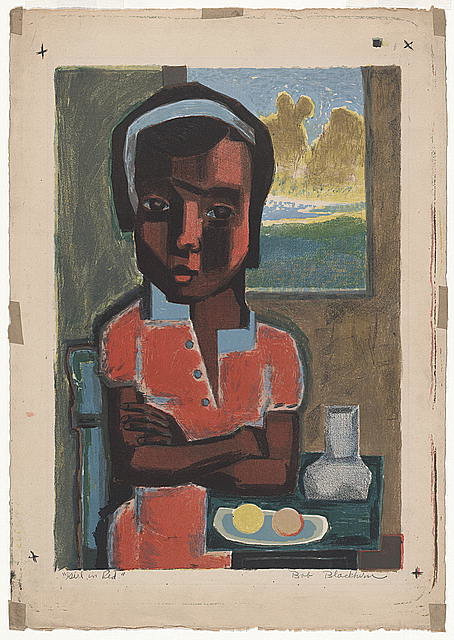
This is considered as an exceptionally pivotal work in the artist’s development as he progressed from figurative work to abstraction. Robert utilized a gorgeous color palette, and mixed age- old artistic subjects of portraiture, landscape, and still life. The subject in the work is a small black girl, whose arms are crossed (Berstein Article 2).
The subject involves the onlooker amusingly and unswervingly. In the year 1951, this art was presented at The Library of Congress’ National Exhibition of Prints. During this time, Robert received a Purchase Award from New York’s Brooklyn Museum.
Interior, 1958
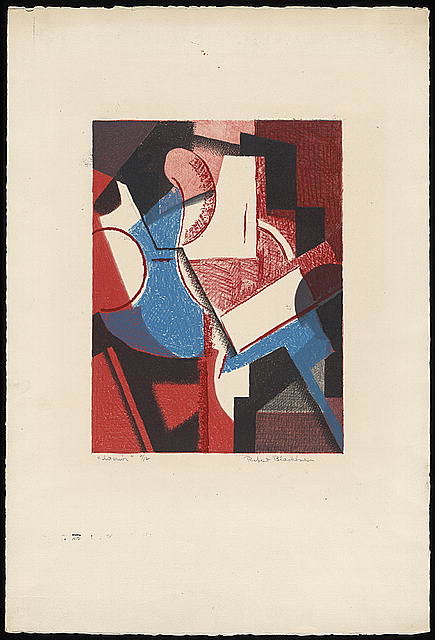
Between 1953- 1954, Robert was in Paris, where he participated in a Jay Hay Whitney Traveling Fellowship. On coming back to New York in 1955, Robert engaged in a novel creative era. Between 1950 and 1960, he created numerous minute Cubistic table- top images. These involved lithography and intaglio. This portrayed Robert’s unending desire in mark- making. To him, this was a sign of representation (Glueck Article 1).
Heavy Forms, 1961
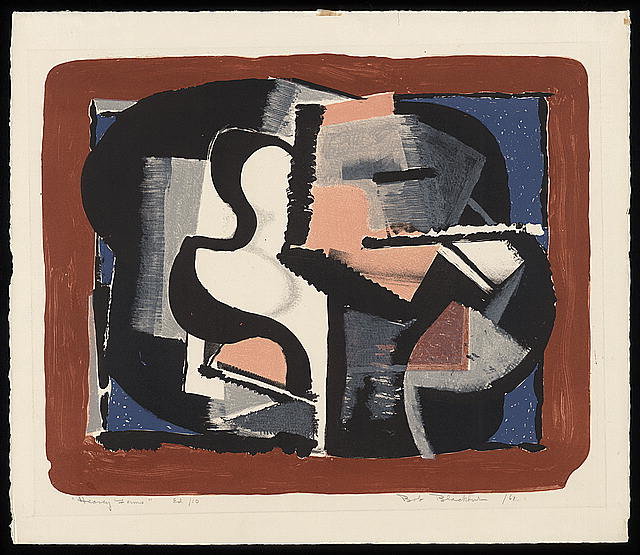
Between the year 1958 and 1961, Robert concentrated on various types of this art. The imagery in Heavy Forms can be said to emerge from the previous table- top still life. The artist used immense fluidity on the stone, a keen interest on the margins, and reorientations to the work. This permits various viewing options.
Colour Symphony, 1960
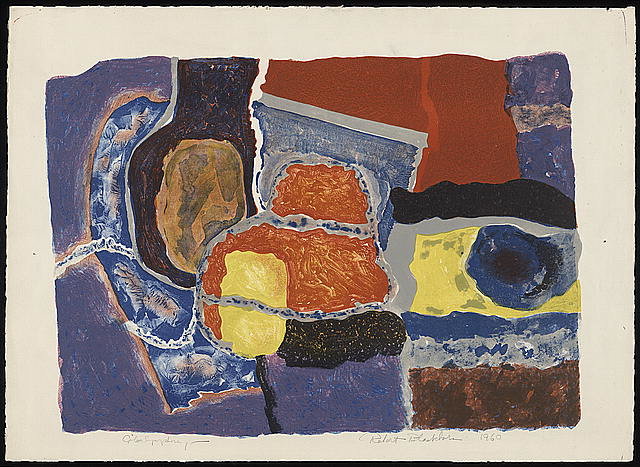
Between 1957 and 1963, Robert was recognized as the prominent ULAE (Universal Limited Art Editions) master printer. As Robert assisted other popular artists in their work, the Color Symphony made his work reach the top because of the color abstraction. While at Universal Limited Art Editions, Robert worked with popular artist specialists in Pop Art and Abstract Expressionism. During most instances, he trained artists about lithographs (Glueck Article 1).
Faux Pas, 1960- 1963
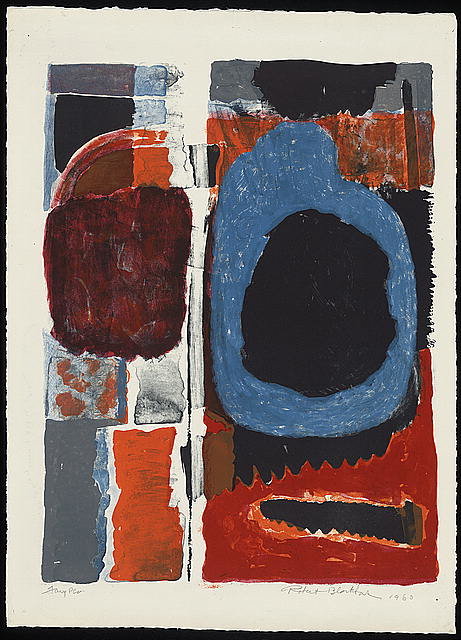
The Faux Pas relates to Robert Rauschenberg’s misfortune, which ended up being a principal event in printmaking’s history. The white stripe at the center of the work indicates how delicate limestone is. Other famous calligraphic works indicate Robert’s broken- stone idea. This also includes the Curious Stone.
Artist’s Picture and Printmaking Work
The Picture of Robert Blackburn
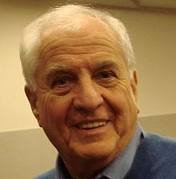
Red Inside, 1972
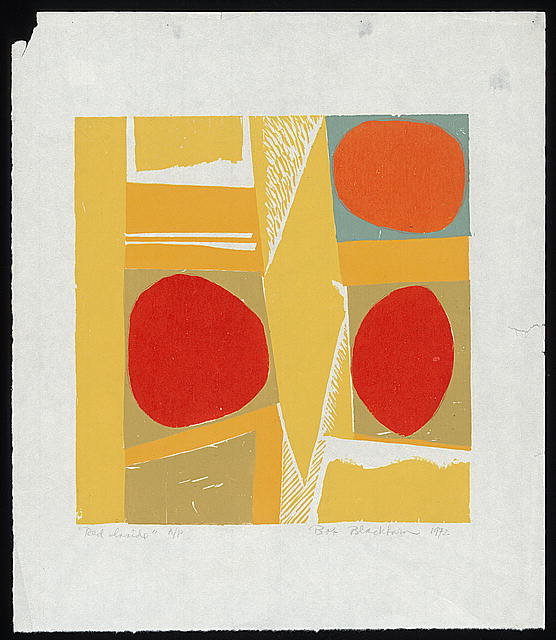
Woodscape, 1984
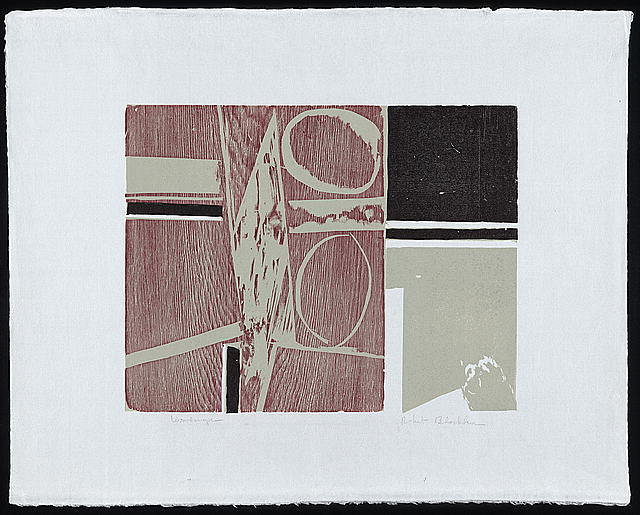
Three Ovals, 1960s- 1980s
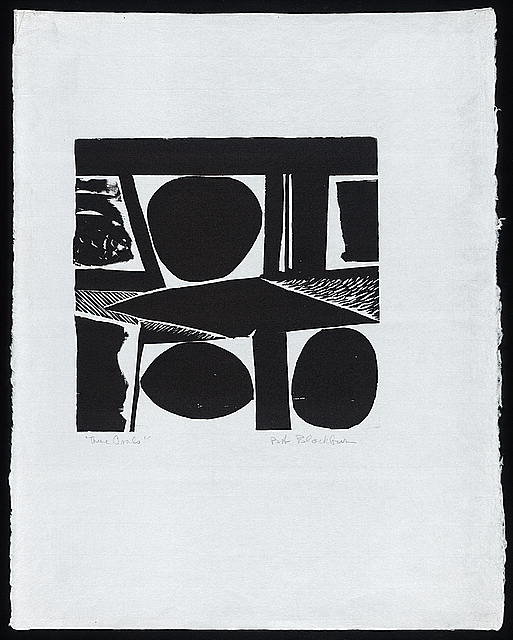
Yellow Flash, 1972
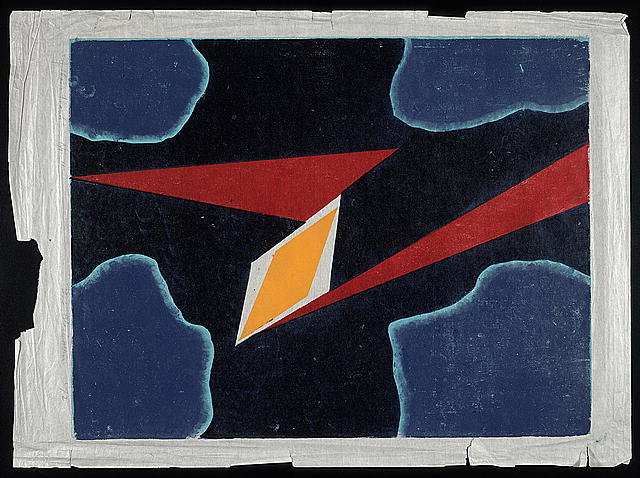
Man with Load, 1936
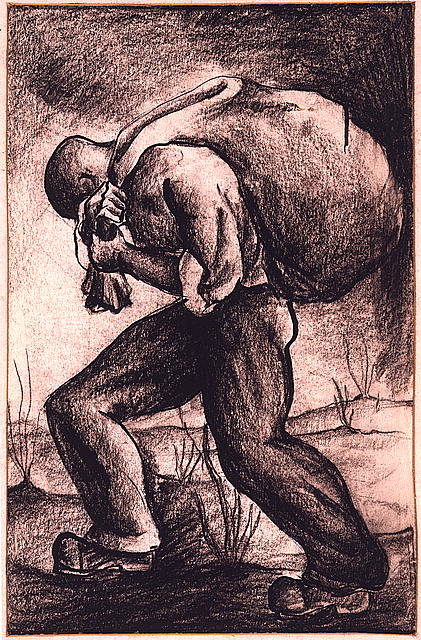
In essence, Robert is worth all the praises and rewards, considering that he gave other people the priority to learn. He always looked for ways on how he could benefit young artists. He is an exceptional artist, who left a positive mark.
Works Cited
Berstein, Alice. “Harlem artist Robert Blackburn remembered.” The New York Beacon 22 October 2003. Print.
Glueck, Grace. “Printmaking for the Love of It.” New York Times 12 July 1988. Print.